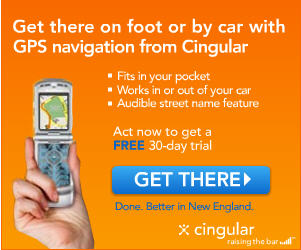This morning I heard political pundit Paul Begala make a great point about politics and the media. What he says has lessons for all marketing, but especially marketing online.
He says that a fault of the Democrats is they tend to communicate to the media in lists. “They have a four-point plan for solving every problem.” Conversely, Begala says that Republicans tell stories. Policy decisions aside, clearly the latter strategy works better in today’s media landscape.
What does this teach us about selling things other than political ideology? A lot. We all know (or should!) that benefits have to be communicated along with features. But if you simply list them off in quick succession, you risk diluting any potential to resonate with the consumer.
Go ahead and create the list. But make the benefits of the list clickable. Send readers to a single, strong, supporting story for that benefit.
Then rip another page from the political playbooks. Conduct your online PR one message at a time. Today focus on reliability. Next week, tell your flexibility story. And after that, hammer home the next story, and the next.
It’s important because we all need many rational reasons to buy a product, but before we go seeking those supporting reasons (additional features and benefits), we need that first single story to inspire us to look further.
This technique is especially effective with online marketing because people can arrive at those stories from various ways. Also, satisfied consumers can help, by backing up your story with their own comments, containing unique details and similar stories.
Takeaways:
Always look for your dramatizing story — in your press releases, on your product information, and wherever people gather to find out about you. Then focus on those stories, one at a time.
